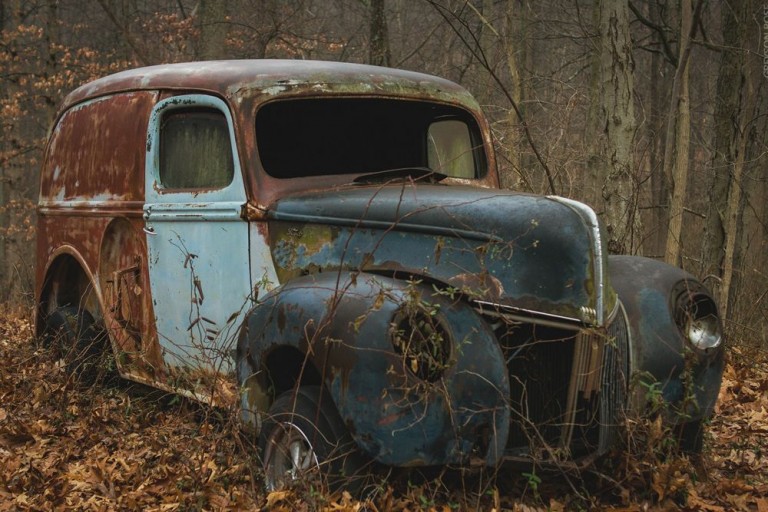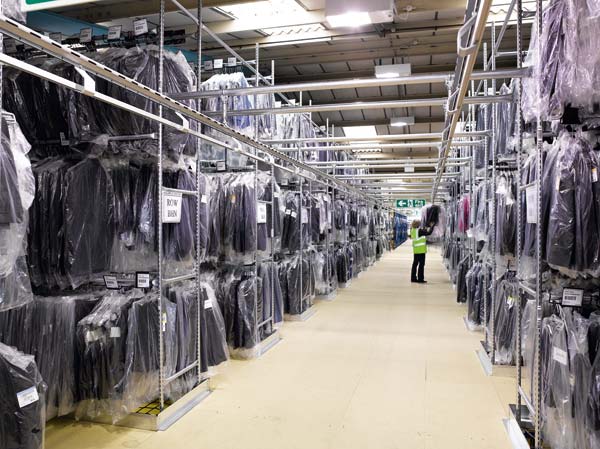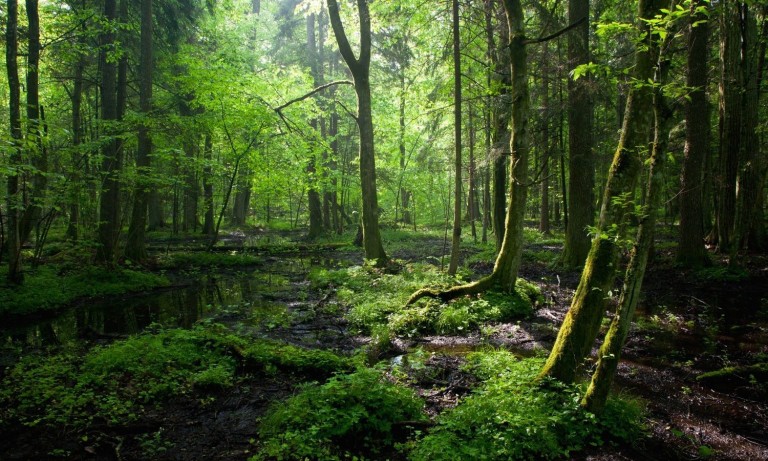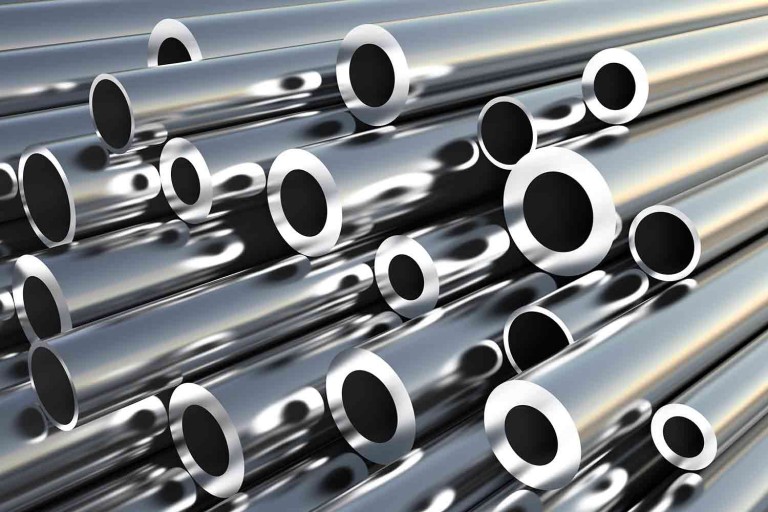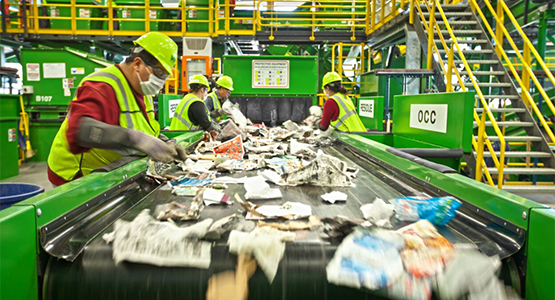What are the harms of air pollution
Our air is very dirty
Nine in ten people are breathing polluted air around the world, and it is getting dirtier and dirtier since the beginning of the industrial era in the 1780s. The industrial age, with its technological development, is the time when the great pollution of our air really began, because of the huge number of factories built initially in the big cities, with smog bringing with it a great number of deaths.
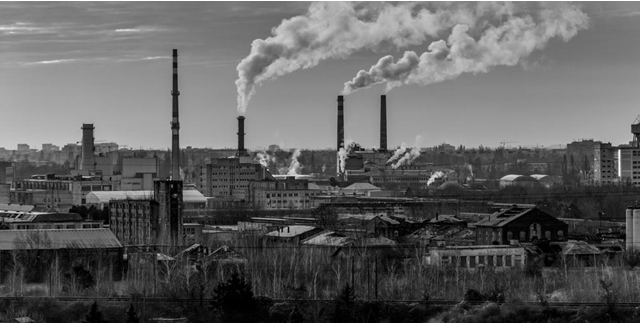
Although a number of legislative acts have been introduced to minimize the negative effects of factory emissions, the use of nicknames such as Big Smoke for London and Old Reiki for Edinburgh suggests that they have not been particularly successful.
The polluted air crisis began to come to the fore in European consciousness in December 1952, when a smog of chemicals caused by the burning of carbon emissions killed 4,000 people. It was this event that prompted the introduction of the Clean Air Act of 1956 and resulted in the relocation of factories outside cities and in rural areas.
At that time, America was already very concerned about the deteriorating environmental performance. In 1948, a Pennsylvania town was wrapped in smog coming out of steel and lead smelting furnaces, causing 14,000 residents to get very heavy breathing and cardiovascular problems. 48 of them died. Individual states responded, but significant national legislation was not adopted until 1970.
A recent World Health Organization study reported that, although some progress has been made in some parts of Europe and America, atmospheric air pollution levels have not decreased globally over the past six years. All humanity is endangered by this disaster – no insured! Because air pollution does not recognize political and state borders. For example, it has been proven that acid rain falls thousands of miles from factories that emit polluting chemicals.
Therefore, countries are already realizing that there is a need to act in concert.
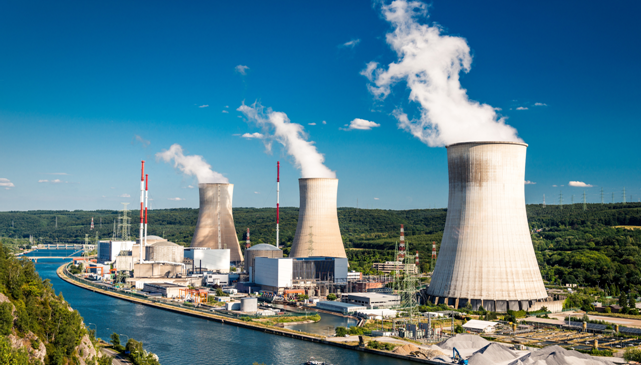
But while steps are being taken to solve the problem in many countries with the introduction of cleaner sources of energy, it remains unresolved in many places (especially in developing countries) that lack the technology and finance to make such changes.
Measures such as “turn off lighting when leaving the room” and encouraging the purchase of energy-saving appliances are known to be good but insufficient to address air and environmental pollution. Because electricity and heat production contribute significantly to air pollution and increase greenhouse gas emissions.
Industrial installations producing metals such as steel or aluminum or treating lead and ** plastics, ** as well as those producing chemicals, refining oil, cement or consumer goods, emit many toxic substances and ultimately adversely affect the air we breathe.
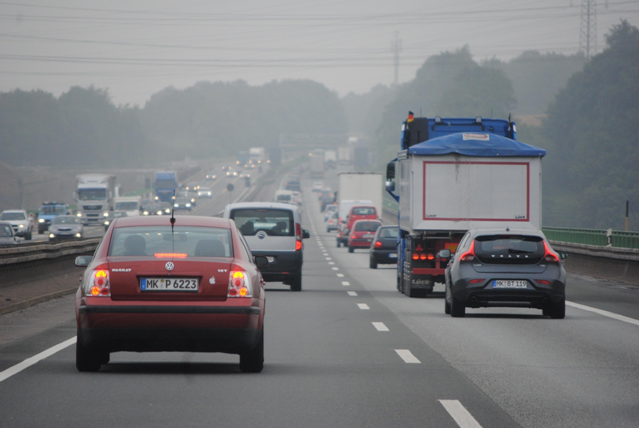
Combustion of fossil fuels Discharges dangerous gases such as greenhouse gases and dust into the air. Power plants and factories are unquestionably contributing to air pollution but no less are the ‘contribution’ of ever-increasing personal vehicles, public transport and heavy-duty trucks with trailers used to transport goods.
Agribusiness is an industry and has a turnover of five trillion dollars worldwide. The air releases harmful substances from the ammonia-based fertilizers used in the industry, as well as toxic pesticides, herbicides and insecticides. The beef industry is a particularly large source of harmful gases in the atmosphere through carbon footprint, which leaves farming and feeding to animals.
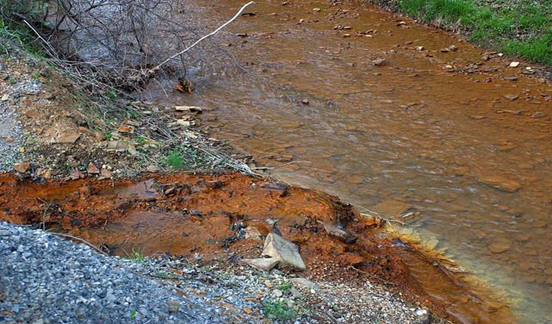
The mining industry is also in this order, in which the extraction of minerals includes drilling and blasting, transportation, etc. Each of these stages is responsible for the release of dust particles and the release of dangerous gases into the atmosphere.
The same is the situation with construction. With increasing population, urban and suburban areas are expanding. Excavation and construction machinery burn fossil fuels, releasing toxic gases and dust, and the destruction of old buildings and the construction of new ones are also a source of much dirt and dust in the atmosphere.
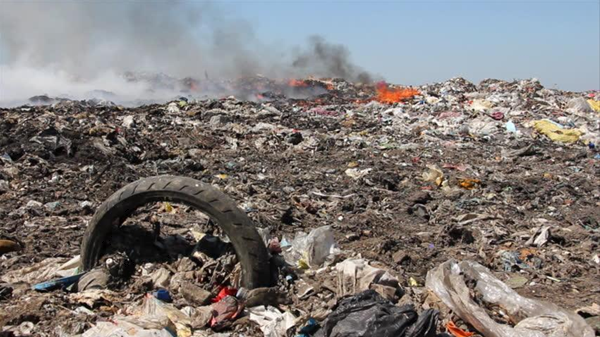
In some parts of the world, waste is destroyed by combustion, which releases toxic gases and particulates into the atmosphere.
Natural disasters are also a great scourge not only for the population at the time of their occurrence, but they also have lasting consequences for the future of the planet. Forest fires and volcanoes produce smoke, which is full of dust emissions. This is also influenced by natural radioactivity. When rocks in the earth’s surface collapse, they release radon.
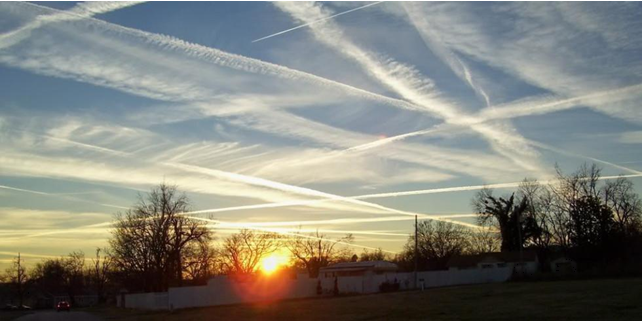
Consequences of air pollution
More allergens: Increased levels of pollen and mold
Studies show that, due to additional carbon dioxide in the air and longer growing seasons due to climate change, pollen plants are becoming a bigger and more powerful allergen. And flooding causes mold to increase.
Eutrophication
Chemical waste emitted from the burning of fossil fuels in the atmosphere contributes to the so-called eutrophication – overloading the ocean with nutrients that cause toxic algal blooms and create dead zones in the water.
Diseases
Power plants, factories and industrial plants also contribute to air pollution, emitting something into the atmosphere – from sulfur dioxide, mercury, acid gases, nitrogen oxides, to dust particles, which can have very dramatic effects on human health.
For example, mercury causes neurological damage, such as reduced intelligence in unborn babies and young children. ** Metals ** such as arsenic, nickel and chromium can cause cancer while acid gases cause damage to the lungs and contribute to asthma, bronchitis and other respiratory diseases.
Harmful particles can lead to premature death and a number of lung and heart disease. Air pollution is the cause of five and a half deaths a year.
It is responsible for the following diseases:
- birth defects
- chronic obstructive pulmonary disorders
- heart disease and bladder
- cancer of the liver, breast, lungs and pancreas
- leukemia
- inflammation of the brain and nervous system
Air pollution has also been found to exacerbate many other disease states.

Contamination of the food chain
Some of the diseases caused by air pollution are indirect. For example, the so-called persistent bioaccumulative toxins (PBT) transmitted by wind and precipitation. Not only do they linger in the environment, they also accumulate, i.e. increase their concentration in the organisms that eat the source of the toxin.
It may initially be a plant, then a small fish and up the food chain to reach a person’s dinner plate. These highly toxic substances such as mercury and DDT are associated with neurological disorders, birth defects and cancers.
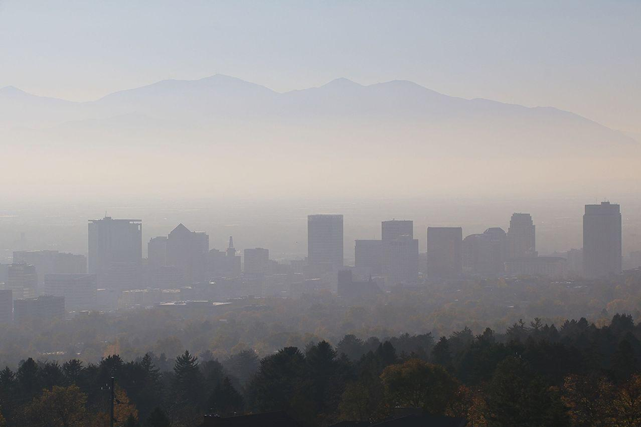
Poor visibility
The Environmental Protection Agency (EPA) estimates that pollution in many parts of the US has reduced visibility by 70 percent. Beijing and the surrounding areas are subject to strong smog that reduces visibility below 100 meters. Heavy smog in Delhi often causes the cancellation of trains and flights and causes accidents.
